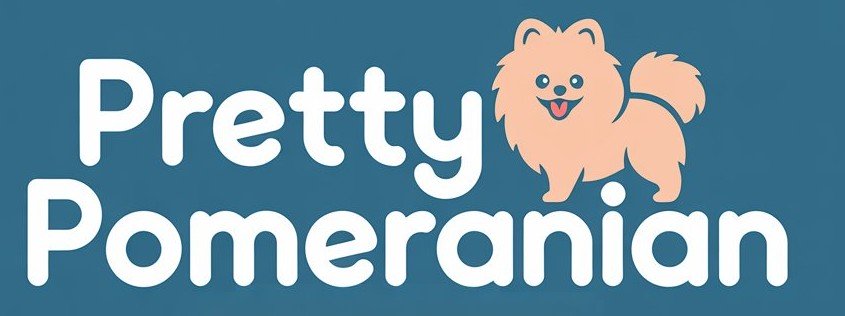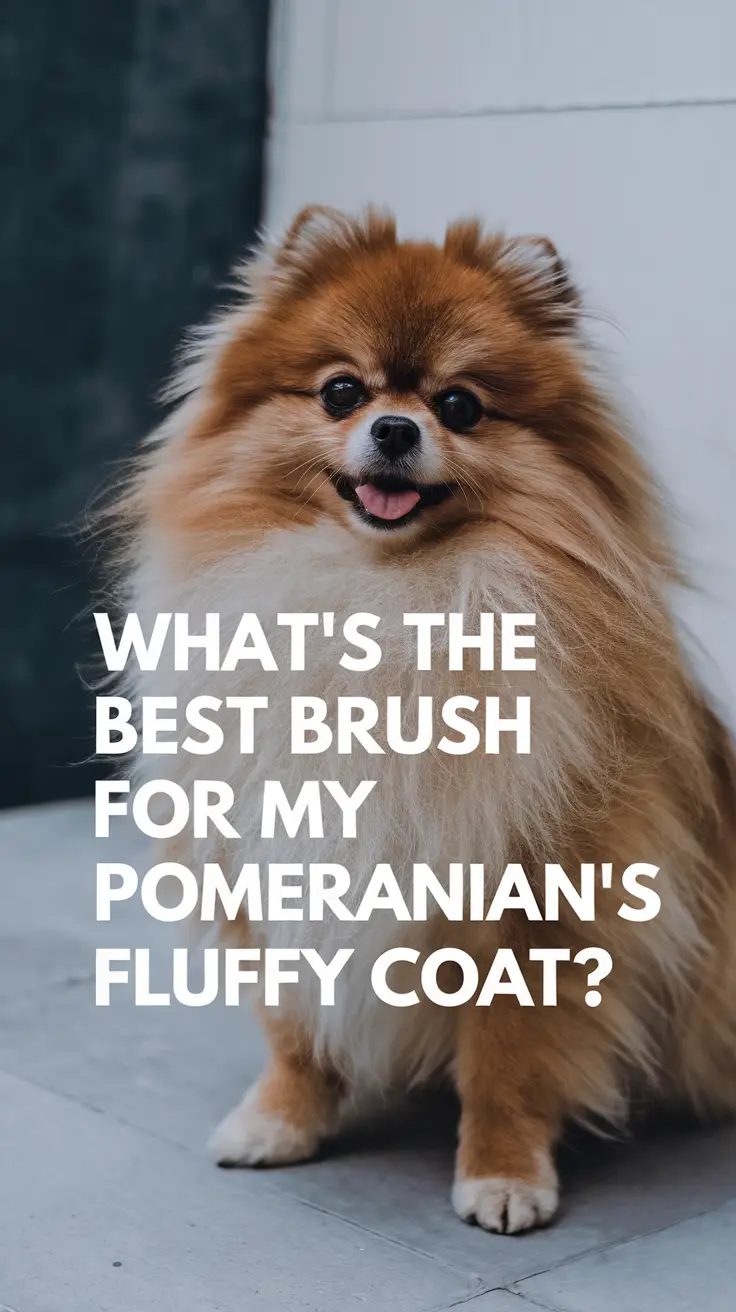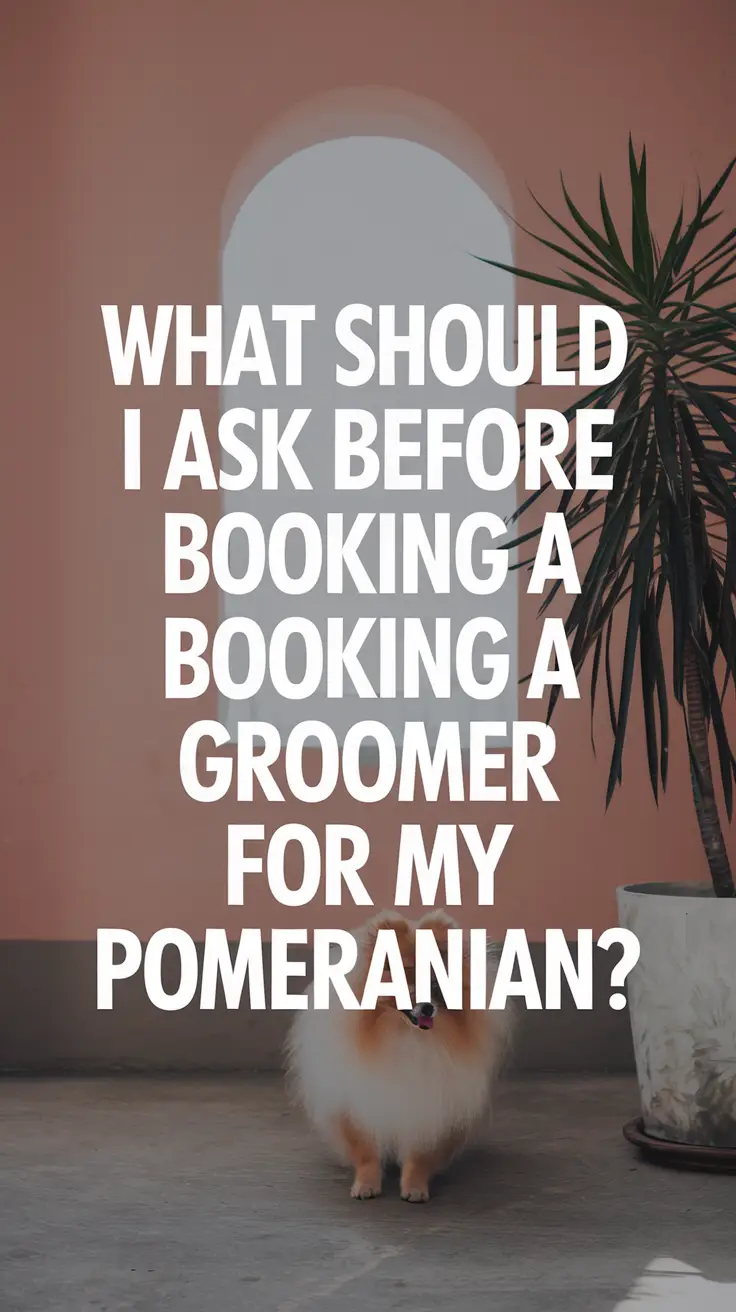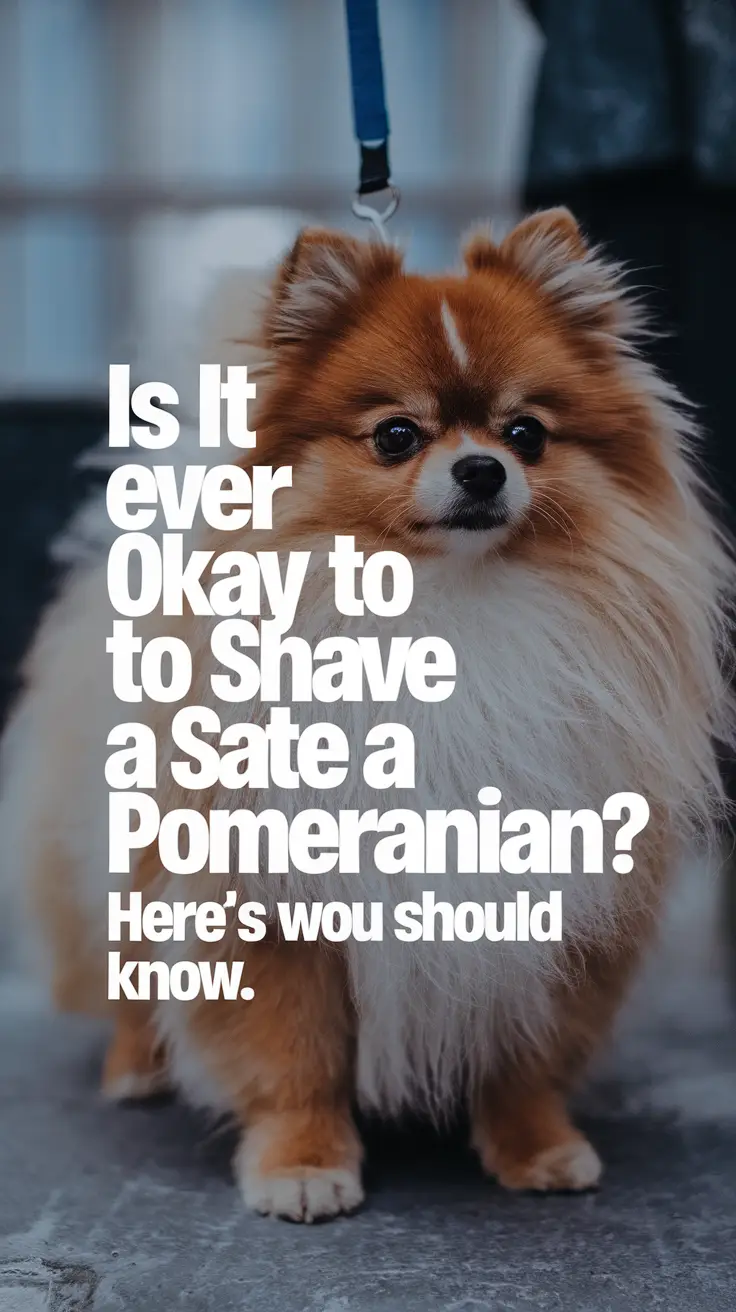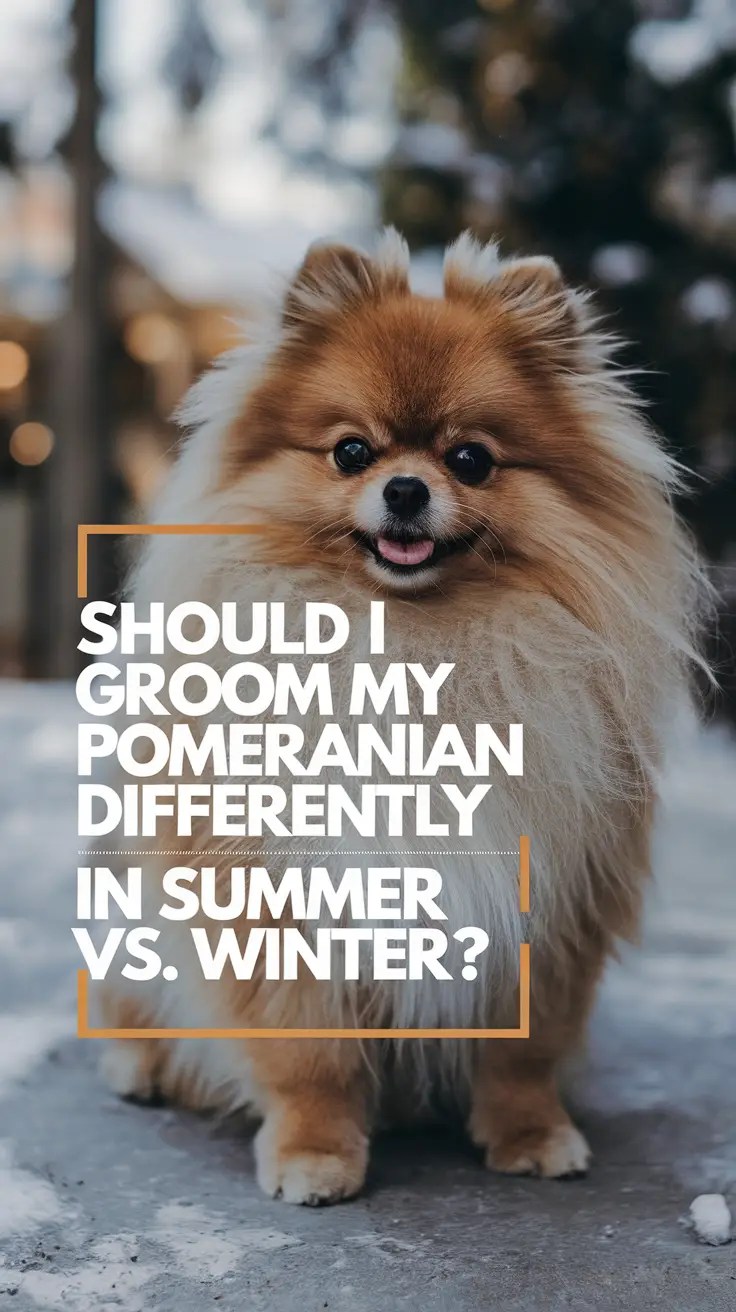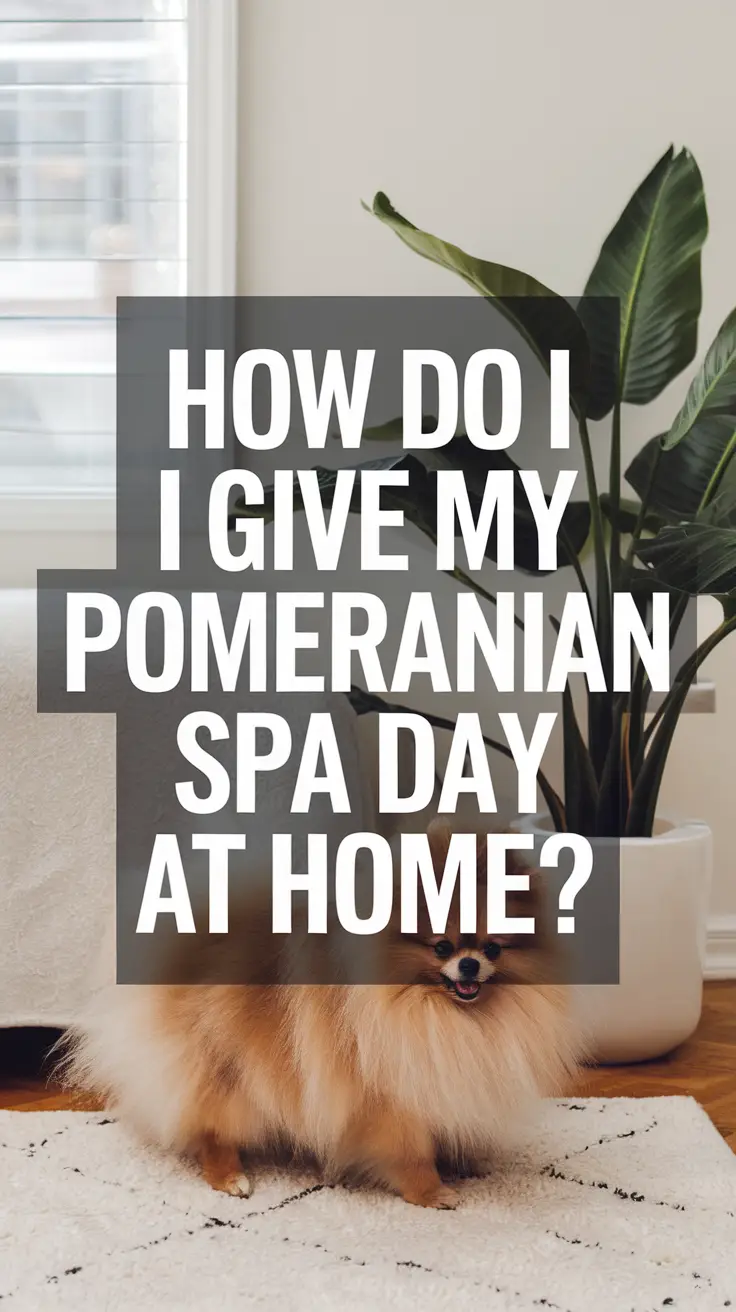That adorable fluffball of yours just rolled around in the garden again, and now their gorgeous double coat looks like they’ve been struck by lightning. Trust me, I’ve been there with my Pomeranian Sash more times than I can count – one minute they’re pristine, the next they’re sporting what I call the “mad scientist” look.
Here are the three essential brushing truths every Pom parent needs to know:
- The right brush makes the difference between a 5-minute pleasure session and a 30-minute wrestling match
- Your Pomeranian’s double coat requires a specific brushing technique that most owners get wrong
- The wrong brush can actually damage that precious fluff you’re trying to maintain
Understanding Your Pomeranian’s Coat Structure
Before we dive into brush selection, you need to understand what you’re working with. Pomeranians have a double coat consisting of a soft, dense undercoat and a longer, coarser outer guard coat. This isn’t just fluff for show – it’s a sophisticated temperature regulation system inherited from their Arctic Spitz ancestors.
When Sash was a puppy, I made the rookie mistake of using a regular bristle brush thinking “fluff is fluff.” Big mistake. I was only brushing the top layer while the undercoat turned into felt underneath. The groomer’s expression when I brought her in was priceless – and not in a good way.
The Top Brush Types for Pomeranians
| Brush Type | Best For | Pros | Cons |
|---|---|---|---|
| Slicker Brush | Daily maintenance | Removes loose fur, prevents matting | Can scratch skin if used too aggressively |
| Pin Brush | Fluffing and finishing | Gentle, creates volume | Doesn’t reach undercoat effectively |
| Undercoat Rake | Shedding seasons | Reaches deep undercoat | Too harsh for daily use |
| Double-sided Brush | Versatile grooming | Two tools in one | May compromise on quality |
My Personal Brush Arsenal (What Actually Works)
After five years with Sash and testing more brushes than I care to admit, here’s my honest breakdown:
The Daily Driver: High-Quality Slicker Brush
This is your bread and butter tool. I use a slicker brush with fine, angled pins that are gentle enough for daily use but effective enough to catch loose undercoat before it becomes a problem. The key is finding one with pins that flex slightly – rigid pins can irritate your Pom’s sensitive skin.
Sash actually comes running when she sees her slicker brush now. It took time to build that positive association, but starting with short, gentle sessions and lots of treats worked wonders.
The Finisher: Natural Bristle Pin Brush
After removing loose fur with the slicker brush, I use a pin brush to fluff and distribute natural oils through Sash’s coat. This creates that gorgeous, cloud-like appearance that makes people stop us on the street.
The Heavy Artillery: Undercoat Rake (Use Sparingly)
During spring and fall shedding seasons, even the best slicker brush needs backup. An undercoat rake helps remove the dense undercoat that’s ready to shed. However, I only use this once or twice a week during peak shedding times – overuse can thin the coat.
Brushing Technique That Actually Works
According to the American Kennel Club’s grooming guidelines, proper brushing technique is more important than having the perfect brush. Here’s my tried-and-tested method:
- Start with dry brushing: Never brush a wet Pomeranian coat – it stretches and breaks the hair
- Work in sections: Divide the coat into manageable areas
- Brush against the grain first: This lifts the undercoat and removes loose fur
- Follow with the grain: This smooths everything down and creates that polished look
- Pay attention to problem areas: Behind ears, under arms, and rear end where matting occurs first
Professional groomer Sarah Mitchell, whom I’ve worked with for three years, always says: “Most owners brush too lightly and too quickly. You need to get down to the skin level, but gently.”
Red Flags: Brushes to Avoid
Not all brushes are created equal, and some can actually damage your Pom’s delicate coat:
- Cheap slicker brushes with sharp pins: These can scratch skin and break hair
- Human hair brushes: They’re not designed for double coats
- Overly aggressive deshedding tools: Some popular brands can thin the coat permanently
- Brushes with plastic pins: They create static and don’t distribute oils effectively
The Reality Check: Challenges You’ll Face
Even with the perfect brush, you’ll encounter obstacles. Sash went through a “brush rebellion” phase around 18 months old where she’d hide under the coffee table at the sight of any grooming tool. Patience and positive reinforcement eventually won her over, but it took consistency.
Some Pomeranians have more sensitive skin than others. If your dog shows signs of irritation (redness, excessive scratching after brushing), switch to a softer brush and consult your veterinarian. It’s better to brush more frequently with a gentler tool than to push through with something that causes discomfort.
Seasonal Considerations
Your brushing routine should adapt to the seasons. During shedding periods (typically spring and fall), daily brushing becomes non-negotiable. I learned this the hard way when I found Sash’s undercoat literally everywhere – and I mean everywhere – during her first major shed.
Summer requires extra attention to prevent overheating, while winter calls for maintaining that insulating undercoat. Never shave a Pomeranian’s coat thinking you’re helping them stay cool – you’re actually removing their natural temperature regulation system.
Investment vs. Budget Options
Quality brushes cost more upfront but save money long-term by reducing grooming visits and maintaining coat health. I’ve tried the budget options – they either break quickly or don’t perform effectively, leading to more frequent professional grooming needs.
A good slicker brush should cost between $15-30, while a quality pin brush runs $20-40. Considering these tools will last years with proper care, it’s a worthwhile investment in your Pom’s comfort and appearance.
Full disclosure: I don’t have affiliate relationships with brush manufacturers. These recommendations come purely from personal experience and consultation with grooming professionals.
The perfect brush for your Pomeranian isn’t just about the tool – it’s about understanding your dog’s specific coat needs, building positive grooming associations, and maintaining consistency. Sash now views our daily brushing sessions as quality bonding time, and that gorgeous, healthy coat is just the beautiful bonus. Your Pom’s coat is their crowning glory, and with the right brush and technique, you’ll both enjoy the grooming process while keeping that magnificent fluff in perfect condition.
